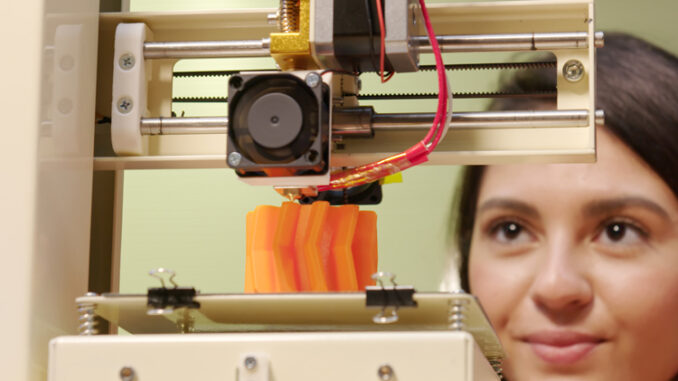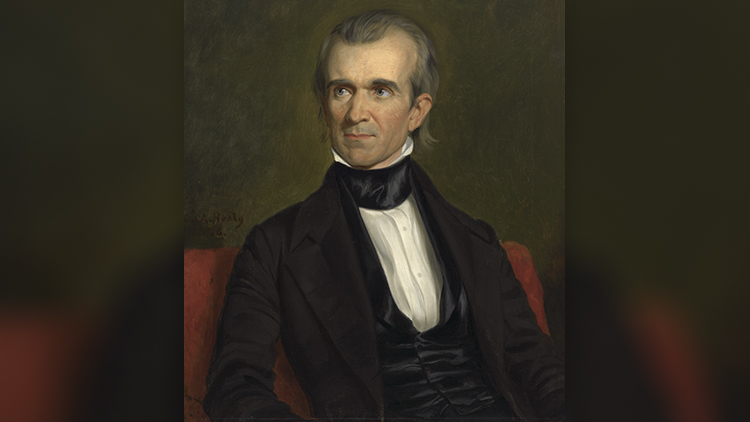
Have you ever watched a 3-D printer at work? It is mesmerizing. The printer deposits layer after layer, one on top of another, and before your eyes a detailed 3-D object takes shape.
Within just a few years, 3-D printing has become much more accessible to the average person as the prices have fallen. In fact, there are 3-D printers today that are just for kids.
3-D stands for three-dimensional. This means that the printed object has length, width, and height. The printers that most of us are familiar with print ink on paper. The printouts are flat, or two-dimensional. They have length and width. 2-dimensional printers can print text, drawings, and photographs, but they cannot print objects such as toys.
The materials used by 3-D printers are often plastic, resin, or metal. Each layer that is printed is very thin, but layers are printed one on top of the other over and over to give the object height.
The basic steps of 3-D printing are: modeling, slicing, and printing. During the modeling stage, you use software to make a 3-D blueprint on a computer. During the slicing stage, the software program cuts the model into horizontal layers, or slices. Then, the object is printed, one slice at a time.
3-D printing has many uses. Often it is used to create one-of-a-kind objects. For example, scientists might use it to make a model of a dinosaur skeleton to be used in a museum. But the types of objects that can be made are endless. Toys, tools, chocolates, and even organs can be printed with a 3-D printer.
What Can You Do? How would you use a 3-printer to help people?
Photo Credit: brightstars/Getty Images



